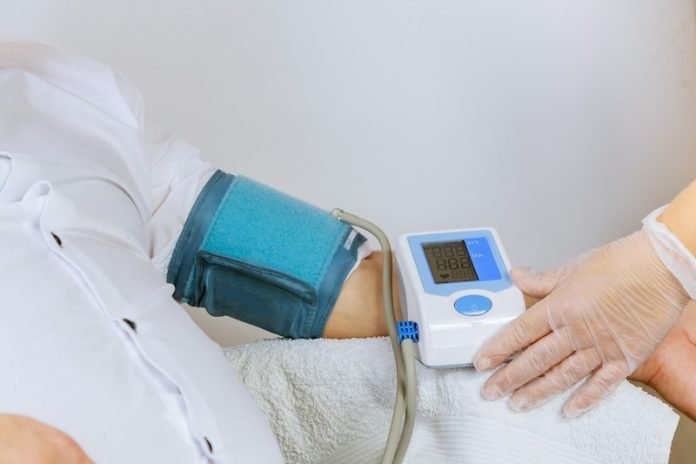
High blood pressure, also known as hypertension, is a common condition where the force of the blood against your artery walls is high enough that it may eventually cause health problems, such as heart disease.
It’s often dubbed the “silent killer” because it doesn’t always cause symptoms until significant damage is done. Understanding the two main types of high blood pressure—primary and secondary hypertension—can help you grasp the nuances of this condition better.
Primary hypertension, or essential hypertension, is the more common type. It develops gradually over many years without a single identifiable cause. Most adults with high blood pressure have this type. It’s thought to be influenced by a combination of factors, including genetics, diet, lifestyle, and age.
For instance, a family history of hypertension, a diet high in salt, physical inactivity, and obesity are known contributors. As people age, the risk of developing primary hypertension increases due to the natural hardening of the arteries.
On the other hand, secondary hypertension occurs quickly and can become more severe than primary hypertension. This type is caused by an underlying condition.
Several conditions and medications can lead to secondary hypertension, including kidney disease, obstructive sleep apnea, congenital heart defects, thyroid problems, certain medications, and illegal drugs like cocaine and amphetamines.
Unlike primary hypertension, secondary hypertension can often be cured or controlled once the underlying cause is identified and treated.
Research evidence supports the distinction between these two types. Studies have shown that by addressing the root causes of secondary hypertension, such as improving kidney function or treating obstructive sleep apnea, blood pressure can often return to normal or become easier to manage.
This contrasts with primary hypertension, where treatment usually focuses on lifestyle changes and medication to manage the condition over a lifetime.
Understanding the differences between these types is crucial for effective treatment.
For primary hypertension, lifestyle modifications such as eating a healthier diet, exercising regularly, reducing sodium intake, and limiting alcohol consumption can be effective in controlling blood pressure. Medication may also be prescribed to help manage the condition.
For secondary hypertension, treatment often focuses on the underlying condition. For example, if medication is the cause, changing the medication or adjusting the dosage under the guidance of a healthcare provider can resolve the issue.
If a condition like sleep apnea is the culprit, using a CPAP machine at night can significantly improve blood pressure levels.
The distinction between primary and secondary hypertension underscores the importance of a comprehensive approach to diagnosis and treatment.
A detailed medical history, physical examination, and various tests can help healthcare providers determine the type of hypertension and the best treatment plan. Regular blood pressure monitoring is essential for anyone diagnosed with high blood pressure, regardless of the type.
In conclusion, while high blood pressure can be a daunting diagnosis, understanding the differences between primary and secondary hypertension is a key step in managing the condition.
With proper care, lifestyle changes, and treatment, individuals with either type of hypertension can lead healthy and active lives. Awareness and education are vital tools in combating this silent ailment, emphasizing the need for regular check-ups and blood pressure monitoring.
By demystifying the complexities of high blood pressure, we can empower individuals to take charge of their health and work towards a heart-healthy future.
If you care about high blood pressure, please read studies about unhealthy habits that may increase high blood pressure risk, and drinking green tea could help lower blood pressure.
For more information about high blood pressure, please see recent studies about what to eat or to avoid for high blood pressure, and 12 foods that lower blood pressure.
Copyright © 2024 Knowridge Science Report. All rights reserved.



